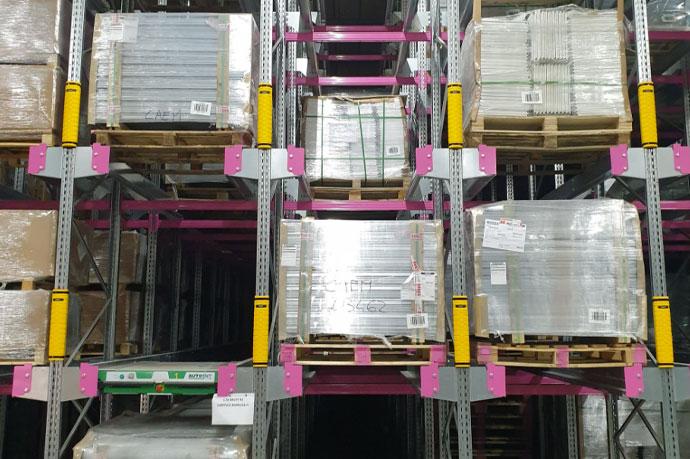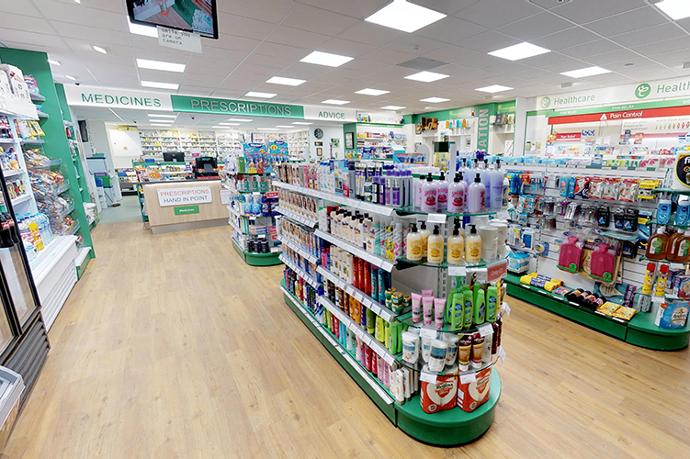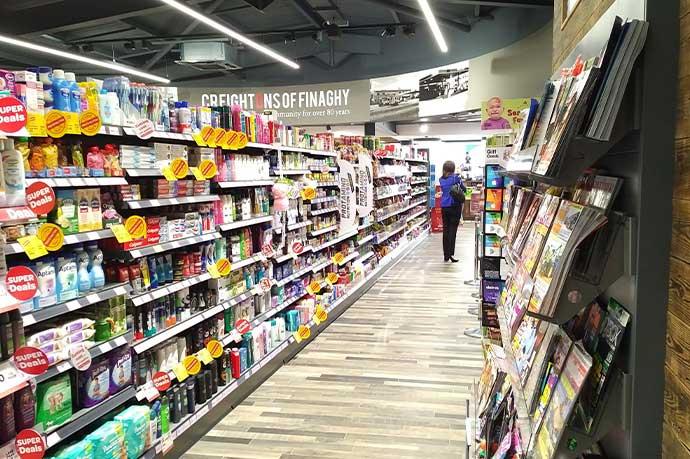Understanding the Basics of Shop Shelving
Shop shelving is a fundamental aspect of retail infrastructure, designed to hold and display products efficiently. According to the CAEM guide, modular shop shelving, often referred to as 'gondola shelving', is typically manufactured from mild steel. This material is chosen for its flexibility and strength, allowing it to withstand the stresses of retail environments1.
The guide emphasizes the importance of understanding weight loading and stability. It explains that the steel components interconnect to form a self-supporting structure, which can be either bolted or bolt-less, depending on the manufacturer's design. The tensile strength of the steel is crucial, as it determines the material's ability to resist stress and return to its original shape after deflection1.
The Importance of Proper Installation
Installation is a critical phase in ensuring the safety and longevity of shelving units. The CAEM guide strongly recommends delegating installation to professional companies with experience in the field. This ensures that the shelving is installed correctly and adheres to health and safety standards1.
The guide advises conducting a thorough handover process to confirm that the installation meets all necessary requirements. This process helps avoid any potential issues that may arise from modifications made by on-site staff or other contractors1.
Maintenance and Regular Checks
Maintenance is an ongoing responsibility that requires regular checks to identify potential issues before they become safety hazards. The CAEM guide suggests implementing a multi-tier safety check system, including daily, weekly, monthly, and quarterly inspections1.
These checks are designed to spot issues such as misaligned brackets, bent shelves, or disengaged back panels, which could compromise the safety of the shelving. Regular maintenance ensures that shelving units remain safe and functional, protecting both staff and customers1.
Real-Life Examples and Lessons Learned
The guide provides numerous real-life examples of shelving failures that could have been prevented with proper maintenance and safety checks. These examples serve as cautionary tales, highlighting the importance of adhering to safety protocols1.
For instance, the guide describes situations where incorrectly installed back panels severely compromised the stability of the entire unit. Such examples underscore the need for regular safety audits and adherence to best practices1.
The Role of Manufacturers and Retailers
Manufacturers play a crucial role in ensuring the safety of shelving units. They must provide clear installation instructions and guidelines for maintenance. The CAEM guide stresses the importance of collaboration between manufacturers and retailers to ensure that shelving systems are safe and reliable1.
Retailers, on the other hand, need to be vigilant in maintaining these standards and conducting regular safety audits. By working together, manufacturers and retailers can create a safer retail environment for everyone involved1.
Adapting to Changes and Innovations
Retail environments are dynamic, and shelving systems must adapt to these changes. The flexibility of modular shelving allows for adjustments such as moving shelves or adding new components1.
However, these changes should be managed carefully to avoid compromising the structural integrity of the shelving. The guide advises involving professional fitters for significant modifications to ensure safety is not compromised1.
Safety Norms and Guidelines
While there are industry guidelines for warehouse racking, the retail shelving sector lacks specific legislative norms. The CAEM guide advocates for adherence to voluntary norms and best practices to ensure safety1.
It highlights the importance of understanding the forces exerted on shelving systems and the need for a safety factor in weight loading calculations. By following these guidelines, retailers can ensure that their shelving systems are both functional and safe1.
Prioritizing Safety in Retail
The safety of shop shelving is a critical aspect of retail operations that requires attention and diligence. By following the comprehensive guidelines provided in the CAEM Ultimate Safety Guide, retailers can ensure that their shelving systems are not only functional but also safe for both staff and customers1.
Regular maintenance, proper installation, and adherence to safety norms are key to preventing accidents and ensuring a secure shopping environment. This guide serves as a valuable resource for understanding the complexities of shop shelving safety and implementing effective safety measures1.
This expanded blog post provides a more detailed exploration of each chapter, incorporating specific content and phrases from the CAEM Ultimate Safety Guide to offer a comprehensive overview of shop shelving safety.





